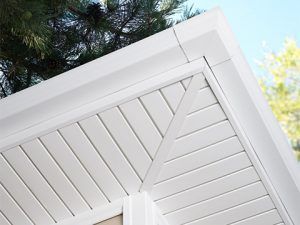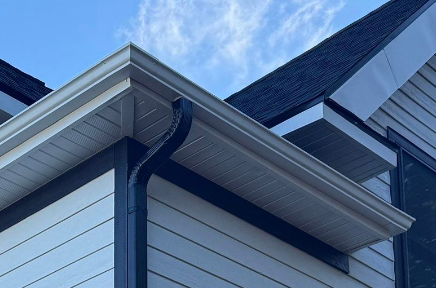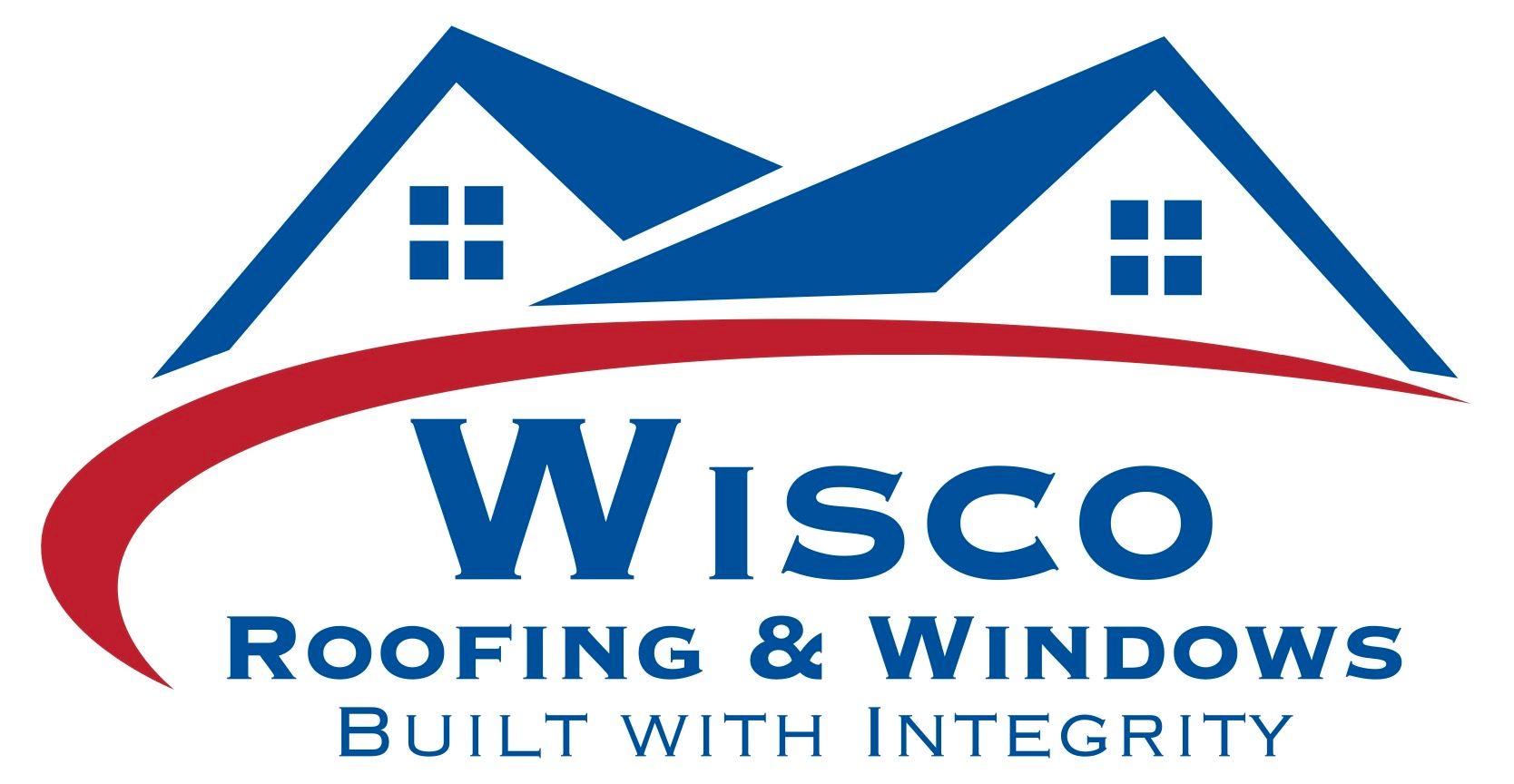Understanding Roof Pitch and Its Importance in Wisconsin Home Design
As a home buyer in Wisconsin, you're likely to encounter various architectural styles and designs that are uniquely suited to our state's climate and aesthetic preferences. One crucial aspect of home design that often goes overlooked but plays a significant role in both functionality and appearance is roof pitch. In this comprehensive guide, we at Wisco Roofing and Windows will delve deep into the world of roof pitch design in Wisconsin, exploring its importance, types, and how it affects your home's overall performance and value.
What is Roof Pitch?
Before we dive into the specifics of roof pitch design in Wisconsin, let's start with the basics. Roof pitch, also known as roof slope, refers to the angle or steepness of a roof. It's typically expressed as a ratio of vertical rise to horizontal run, usually over 12 units of horizontal distance. For example, a roof with a 6:12 pitch rises 6 inches vertically for every 12 inches of horizontal distance.
Understanding roof pitch is crucial for home buyers in Wisconsin, as it affects various aspects of your home, from its ability to shed snow and rain to its energy efficiency and overall aesthetic appeal.
The Importance of Roof Pitch Design in Wisconsin
When it comes to roof pitch design, Wisconsin homes face unique challenges due to our state's climate and architectural traditions. Here are some key reasons why roof pitch is particularly important in Wisconsin:
1. Snow Load Management: Wisconsin experiences significant snowfall during winter months. A properly designed roof pitch helps shed snow effectively, preventing excessive weight buildup that could potentially damage the roof structure.
2. Water Drainage: Our state sees its fair share of rain and melting snow. An appropriate roof pitch ensures efficient water drainage, reducing the risk of leaks and water damage.
3. Energy Efficiency: The roof pitch can affect your home's energy efficiency. In Wisconsin's varied climate, a well-designed roof pitch can help manage heat loss in winter and heat gain in summer.
4. Attic Space Utilization: The roof pitch determines the amount of usable space in your attic. This can be particularly valuable in Wisconsin homes, where extra indoor space is always welcome during long winters.
5. Architectural Style: Roof pitch is a defining feature of various architectural styles common in Wisconsin, from steep-pitched Gothic Revival to the more modest slopes of Prairie Style homes.
6. Roofing Material Compatibility: Certain roofing materials perform better with specific pitch ranges, which is an important consideration given Wisconsin's climate demands.
Common Roof Pitch Designs in Wisconsin
Wisconsin's diverse architectural landscape showcases a variety of roof pitch designs. Here are some of the most common you'll encounter:
1. Steep Pitch (8:12 to 12:12)
Steep pitch roofs are a popular choice in many Wisconsin homes, especially in areas that receive heavy snowfall. These roofs, with their dramatic slopes, are excellent at shedding snow and water quickly. They're often seen in Gothic Revival, Victorian, and some Colonial Revival homes across the state.
Pros of Steep Pitch Roofs in Wisconsin:
- Excellent snow and water shedding capabilities
- Create a striking architectural statement
- Provide ample attic space, which can be converted into living areas
- Well-suited for materials like slate or wood shakes
Cons:
- More expensive to construct and maintain
- Can be challenging to work on for repairs or maintenance
- May require more insulation to maintain energy efficiency
2. Moderate Pitch
Moderate pitch roofs strike a balance between functionality and cost-effectiveness, making them a common choice in many Wisconsin suburbs. They provide adequate snow and water runoff while being easier to construct and maintain than steeper pitches.
Pros of Moderate Pitch Roofs in Wisconsin:
- Good snow and water shedding capabilities
- More cost-effective to build and maintain than steep pitches
- Suitable for a wide range of roofing materials
- Easier and safer for maintenance and repairs
Cons:
- May not be as effective in areas with extremely heavy snowfall
- Provide less attic space compared to steeper pitches
3. Low Pitch
While less common in traditional Wisconsin home design, low pitch roofs have gained popularity in modern and contemporary architectural styles. They can be an excellent choice for certain home designs, but require careful consideration in our climate.
Pros of Low Pitch Roofs in Wisconsin:
- Modern, sleek appearance
- More affordable to construct
- Can maximize interior space in some home designs
Cons:
- Require specialized materials to ensure water-tightness
- Not ideal for areas with heavy snow loads
- May require more frequent maintenance and inspection
4. Flat Roofs
Although not typically associated with residential buildings in Wisconsin, flat roofs can be found on some modern homes and are common in commercial structures. They present unique challenges and opportunities in our climate.
Pros of Flat Roofs in Wisconsin:
- Can provide usable outdoor space (rooftop gardens, patios)
- Modern, distinctive look
- Can be highly energy-efficient with proper insulation
Cons:
- Require specialized drainage systems to prevent water pooling
- Not ideal for heavy snow areas without additional structural support
- May have a shorter lifespan compared to pitched roofs in our climate
Factors Influencing Roof Pitch Design in Wisconsin
When considering roof pitch design in Wisconsin, several factors come into play:
1. Local Climate: Different regions of Wisconsin experience varying levels of snowfall and rainfall. Areas near Lake Michigan or in the northern parts of the state might require steeper pitches to handle heavier snow loads.
2. Building Codes: Local building codes in Wisconsin often specify minimum roof pitches for different roofing materials and house designs. It's crucial to consult with local authorities or a professional roofing contractor to ensure compliance.
3. Architectural Style:
The desired architectural style of your home plays a significant role in determining the appropriate roof pitch. Traditional styles often feature steeper pitches, while modern designs may incorporate lower slopes.
4. Energy Efficiency Goals:
If maximizing energy efficiency is a priority, the roof pitch can be designed to optimize solar panel placement or to create an ideal angle for passive solar heating.
5. Budget Considerations: Steeper pitches generally cost more to construct and maintain. Your budget may influence the choice of roof pitch design in Wisconsin.
6. Roofing Material: The choice of roofing material can affect the ideal pitch. For instance, some materials like clay tiles require a steeper pitch to perform effectively.
The Impact of Roof Pitch on Home Value in Wisconsin
The roof pitch design in Wisconsin can significantly impact your home's value. Here's how:
1. Curb Appeal:
A well-designed roof pitch that complements the overall architecture of the home can dramatically enhance its curb appeal, potentially increasing its market value.
2. Functionality: In Wisconsin's climate, a roof that effectively sheds snow and water is highly valued. Homes with appropriate roof pitches for their location may command higher prices.
3. Energy Efficiency: A roof pitch that contributes to better energy efficiency can be a strong selling point in Wisconsin, where heating and cooling costs are significant concerns.
4. Usable Space: Homes with steeper pitches that allow for usable attic space may be valued higher than those without this additional living area.
5. Maintenance Costs:
Roof pitches that are easier to maintain and less prone to issues in Wisconsin's climate may contribute to a higher home value due to lower long-term maintenance costs.
Choosing the Right Roof Pitch for Your Wisconsin Home
Selecting the ideal roof pitch design for your Wisconsin home involves balancing various factors. Here are some steps to guide your decision:
1. Assess Your Local Climate: Consider the typical weather patterns in your specific area of Wisconsin. How much snow do you receive? What about rainfall? This will help determine the minimum pitch needed for effective weather protection.
2. Consider Your Architectural Vision: What style of home do you envision? Traditional styles often pair well with steeper pitches, while modern designs might incorporate lower slopes.
3. Evaluate Your Space Needs: Do you want to maximize attic space? A steeper pitch might be beneficial. If you're more interested in creating a spacious feel with high ceilings, a lower pitch could be preferable.
4. Think About Maintenance: Steeper roofs can be more challenging to maintain. If easy maintenance is a priority, a moderate pitch might be more suitable.
5. Factor in Your Budget: Remember that steeper pitches generally cost more to construct and repair. Ensure your chosen pitch aligns with your budget constraints.
6. Consult with Professionals:
Engage with architects and roofing professionals who understand Wisconsin's unique climate challenges. They can provide valuable insights into the best roof pitch design for your specific situation.
The Role of Professional Roofing Services in Roof Pitch Design
While understanding roof pitch design in Wisconsin is valuable for home buyers, implementing the right design requires professional expertise. Here's how professional roofing services like Wisco Roofing and Windows can assist:
1. Expert Assessment: Professional roofers can assess your specific location, taking into account local climate patterns, to recommend the most suitable roof pitch.
2. Code Compliance:
Roofing professionals are well-versed in local building codes and can ensure your roof pitch design meets all regulatory requirements.
3. Material Selection: Based on your chosen pitch, professionals can recommend the most suitable roofing materials that will perform optimally in Wisconsin's climate.
4. Quality Installation: Proper installation is crucial for the roof to function as designed. Professional roofers have the skills and experience to ensure your roof is installed correctly, regardless of the pitch.
5. Long-term Performance:
Professional roofers can provide guidance on maintaining your roof for optimal long-term performance, taking into account its specific pitch and the challenges it may face in Wisconsin's climate.
Conclusion: Embracing Optimal Roof Pitch Design in Wisconsin
Understanding roof pitch design in Wisconsin is a crucial aspect of home buying and ownership in our state. The right roof pitch not only enhances the aesthetic appeal of your home but also plays a vital role in its functionality, energy efficiency, and long-term value.
As you embark on your home buying journey in Wisconsin, keep in mind the importance of roof pitch in our unique climate. Whether you're drawn to the classic steep pitches of traditional styles or the sleek lines of modern low-slope roofs, ensure that your choice is not just visually appealing but also practical for Wisconsin's weather conditions.
At Wisco Roofing and Windows, we're committed to helping Wisconsin homeowners make informed decisions about their roofing needs. Our expertise in roof pitch design in Wisconsin, combined with our understanding of local climate challenges, positions us to provide valuable guidance and top-quality roofing services.
Remember, your roof is more than just a cover for your home—it's a crucial component of your home's overall design and functionality.
By choosing the right roof pitch, you're investing in the long-term comfort, efficiency, and value of your Wisconsin home.
You might also like



Book a Service Today
We will get back to you as soon as possible
Please try again later

